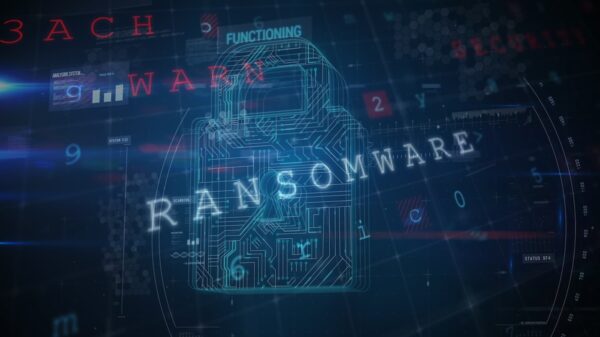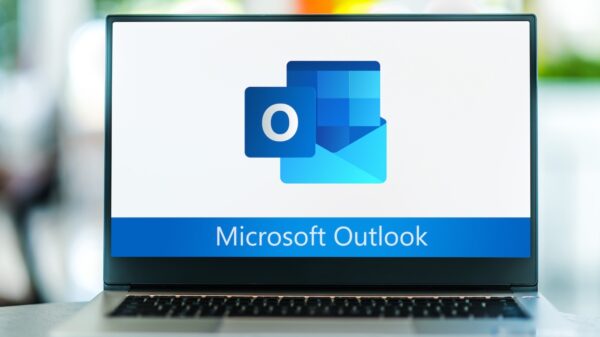North Korea-linked threat actor Kimsuky was recently observed using brand new malware in attacks on government agencies and human rights activists, Cybereason’s security researchers say.
Also known as Black Banshee, Velvet Chollima, and Thallium, the adversary is believed to have been active since at least 2012, mainly targeting think tanks in South Korea, but more recently expanding operations to the United States, Europe, and Russia.
Last week, the United States published an alert containing information on the activities of the hacking group and their tactics, techniques and procedures (TTPs), as well as details on some of the malware employed by it.
In a newly published report, Cybereason’s Nocturnus team provides details on two new malware families associated with Kimsuky, namely a previously undocumented modular spyware called KGH_SPY, and a new malware downloader called CSPY Downloader.
The new malware, Nocturnus researchers told SecurityWeek, appears to be only months old, but evidence suggests it might have already been used in attacks targeting certain government agencies and human rights activists. However, it’s unclear which countries these entities are located in.
KGH_SPY, Nocturnus says, is a modular suite of tools that enables cyber-espionage operations, including reconnaissance, logging of key strokes, information stealing, and backdoor access to compromised systems.
CSPY Downloader, on the other hand, was designed for evasion and packs enhanced anti-analysis capabilities. The malware helps attackers determine whether the target system is ‘clear’ for further compromise, and allows them to deploy additional payloads.
The new tools show code similarities with known Kimsuky malware, and server infrastructure that the threat actor has employed in recent attacks overlaps with infrastructure previously associated with the group, the researchers say.
Delivered via weaponized documents that perform extensive fingerprinting of the target system, the spyware can achieve persistence, perform keylogging, download additional payloads, and execute arbitrary code, in addition to stealing information from applications such as Chrome, Edge, Firefox, Opera, Thunderbird, and Winscp.
The CSPY Downloader, the researchers say, does not fetch a secondary payload until running a series of checks to determine whether it is running in a virtual environment or a debugger is present. Prior to that, the document that drops the downloader performs similar checks.
The investigation into the new malware has revealed that the attackers modified the creation/compilation timestamps of their new tools, to appear they were created in 2016. Domains hardcoded into the samples, for example, were registered between January 2019 and August 2020, years after the apparent creation date of the samples.
“The threat actors invested efforts in order to remain under the radar, by employing various anti-forensics and anti-analysis techniques which included backdating the creation/compilation time of the malware samples to 2016, code obfuscation, anti-VM and anti-debugging techniques. At the time of writing this report, some of the samples mentioned in the report are still not detected by any AV vendor,” the Nocturnus team concludes.
Related: U.S. Shares Information on North Korean Threat Actor ‘Kimsuky’
Related: U.S. Details North Korean Malware Used in Attacks on Defense Organizations
Related: U.S. Army Report Describes North Korea’s Cyber Warfare Capabilities













